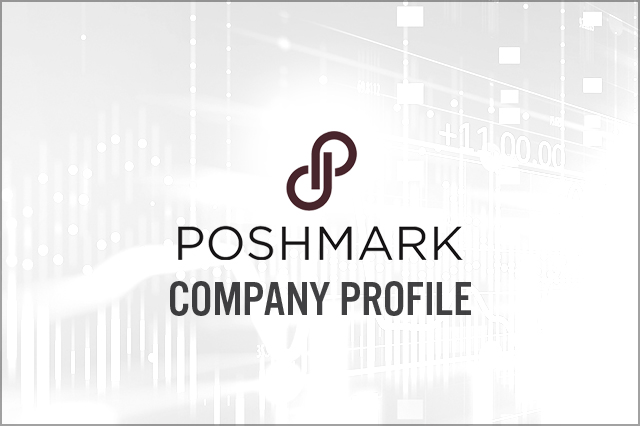
Nitheesh NH
Sector: E-commerce
Country of operation: US
Key product categories: Apparel, footwear and accessories
Summary
Founded in 2011, Poshmark is an online resale marketplace for previously owned products, including clothing, accessories and home goods. Users buy and sell from each other on the platform; the company does not hold inventory but takes a commission on each transaction. The platform model is akin to a combination of Instagram and eBay—users share photos and comment on items for sale and bid on the merchandise. The company’s business is based in the US but is expanding into Canada. As of April 2020, the platform had around 60 million registered users, and more than 100 million products for sale. Poshmark is privately-owned and headquartered in Redwood City, California.
Company Analysis
Coresight Research insight: Resale has taken off in recent years—experiencing bigger growth than mainstream, subscription or rental. According to Coresight Research’s online survey of 1,934 US consumers published in February 2020, 29.8% of respondents reported making a purchase on resale platforms in the past 12 months, compared to subscription (17.0%) and rental (10.9%). Poshmark is one of the main player resale e-commerce—its social selling platform focuses on retaining and acquiring new consigners and customers, and its sellers are more successful when the more they take advantage of its sales channels, such as virtual Posh Parties. The Poshmark model has helped to create style influencers—where individuals have their own online resale ‘stores’ which they promote through showcasing different “looks” and amassing followers. According to the 2020 Poshmark Social Commerce Report, 48% of Poshmark sellers used a portion of their earnings to make a purchase on the platform, so we believe the viability of the platform will continue as sellers maintain their own inventory and have a vested interest.
Strategy
We identified several key aspects of Poshmark’s business strategy for meeting customer expectations and futureproofing the company:
1. Increase control of its inventory
Management Team
Manish Chandra—CEO
Gautam Golwala—CTO
Chetan Pungaliya—Senior Vice President of Engineering
Tracy Sun—Senior Vice President of New Markets
| Tailwinds | Headwinds |
|
|
a. Use consumer data to influence the inventory on the platform, including sharing tailored information with sellers on which products consumers are looking for from specific brands.
b. Continue to develop real-time shopping events such as “Posh Party” to help match the needs of buyers to what users sell on the platform.
2. Invest in technology innovationsa. Update social tools to help sellers to market their products within their network.
b. Promote the new “Posh Stories” feature that allow users to share video content of their clothing.
3. Add growtha. Develop data-driven marketing techniques.
b. Extend its product range.
c. Continue to expand operations internationally—the platform launched in Canada in June 2019.
Poshmark has extended its assortment to meet the wider needs of consumers. The company is also dedicated to making social commerce an integral part of its business model. It recently launched “Posh Stories” to make sharing items for sale more fun and engaging. Company Development| Date | Development |
| April 29, 2020 | Poshmark adds the new “Posh Stories” feature—allowing users to share video content of their clothing as a temporary story that disappears after 48 hours. |
| March 18, 2020 | Poshmark provides a business update on the coronavirus pandemic, including extension of its standard shipping window from seven days to 10 days. |
| March 18, 2020 | Poshmark hires former Levi Strauss executive Amber McCasland as the company’s first Vice President of Communications. |
| February 27, 2020 | Poshmark reaches a significant milestone with 100 million orders placed on the platform in 2019. |
| September 4, 2019 | Poshmark delays IPO to focus on boosting sales and improving its operation. |
| August 29, 2019 | Poshmark appoints Jenny Ming, the former CEO and president of clothing retail company Charlotte Russe, to its Board of Directors. |
| August 1, 2019 | Poshmark discloses a data breach— an unauthorized party stole consumer data, including first and last names, city of residence, user emails, and social media profiles. |
Source: Company reports/S&P Capital IQ